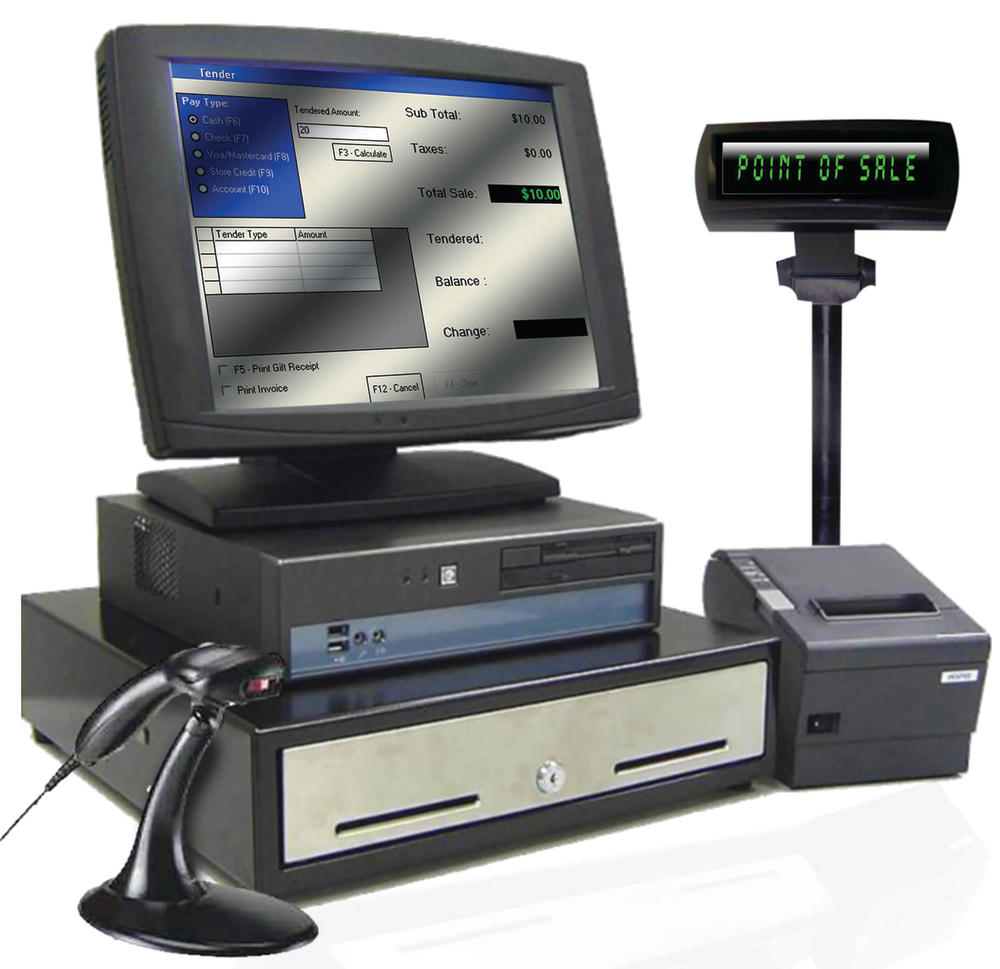Small Business
2017 Reviews of Retail Point-of-Sale Systems
As we all know, the historical prototype for a retail business was a brick and mortar store, or multiple stores. But today, these same stores are competing with a variety of other retailers including Internet-only sellers, mobile-only retailers, and ...
Sep. 14, 2017

According to Big Commerce, a retail industry analysis group, 51 percent of Americans now prefer to shop online, yet 46 percent of American small retail businesses still do not have a website. There’s more.
PricewaterhouseCoopers LLP also found some interesting statistics in its U.S. Total Retail 2016 Report. To start with, almost 40 percent of millennials – ages 18-34, shop online at least once per month, with almost 30 percent shopping online weekly. While that’s not a surprise, what is a surprise is that 46 percent of respondents said that ease of checkout enhances their in-store shopping experience.
What does this have to do with point of sale software? A lot, actually.
As we all know, the historical prototype for a retail business was a brick and mortar store, or multiple stores. But today, these same stores are competing with a variety of other retailers including Internet-only sellers, mobile-only retailers, and even catalogue sales. This increase in competition has caused many retailers to focus exclusively on finding and retaining more customers; neglecting the point of sale software and resources available today that are designed to make the selling process quicker, and the customer tracking portion easier than ever.
Today’s point of sales systems offer just about any feature a retail business desires. Of course the needs of the small gift shop down the street is very different from the needs of the big box store. But in many ways, they can be quite similar.
For instance, both the gift store and the big box store need to process sales, returns, layaways, credits, and sales. They will need to accept a variety of tenders for payment, and they need a way to manage and track inventory totals, both for reordering purposes, and to see what is selling and what is not selling.
Once past the basics, there are numerous features available that retailers, no matter what their size, may want to implement. These features can include a customized user interface that is designed specifically for their retail business. For larger businesses, they may want the ability to use several registers that integrate with each other. Some retailers may want to use a touch screen monitor when processing sales transactions or utilize a counter scanner or barcode scanner in order to expedite the sales process. For some retailers, it’s imperative that they have a way to track and manage their customers – including demographic information, buying habits, buying history, and even preferred payment methods. Of course, inventory management is a must, as is the ability to produce retail and management reports.
For retailers with a robust mail order or online ordering system, integrating with a shipping vendor is vital, as is integration with e-commerce and shopping cart platforms. And every single retail business, large or small, wants good, available support.
The bottom line is that as the retail arena has exploded in recent years, point of sale systems have worked hard to stay in tune with the changing needs of today’s retailers. Just attend an outdoor festival, fair, or craft show, and you’ll see card scanners used to accept payments, something unheard of five years ago. Todays’ point of sale vendors understand that the retailer is not necessarily in a brick and mortar store, and that the average American will shop more online (remember those statistics at the start of this article) this year, and the following years as well.
If your client is in need of a point of sale application, a good place to start looking is in this magazine. In this issue, we’ve looked at a variety of point of sale products; some designed for the small business owner exclusively, others able to scale up to the needs of retailers with multiple locations and more complex needs. The products we looked at include the following:
- AccuPOS
- AddSum
- CAM Commerce Cumulus
- Celerant Stratus
- Cougar Mountain
- Keystroke
- QuickBooks
- RetairSTAR
- Vend
- Wasp
We’ve included a chart that displays the more important features found in each of the products reviewed, including mobile accessibility, customization capability, multiple registers and locations, touch screen capability, barcode scanning, customer tracking, inventory management, integration with POS hardware, and the availability of product help and support, particularly after regular business hours.
The retail business, like so many others, is rapidly changing before our eyes, making it more important than ever before that retailers have the tools they need to run their business efficiently and profitably. A point of sale system is one of those tools.
